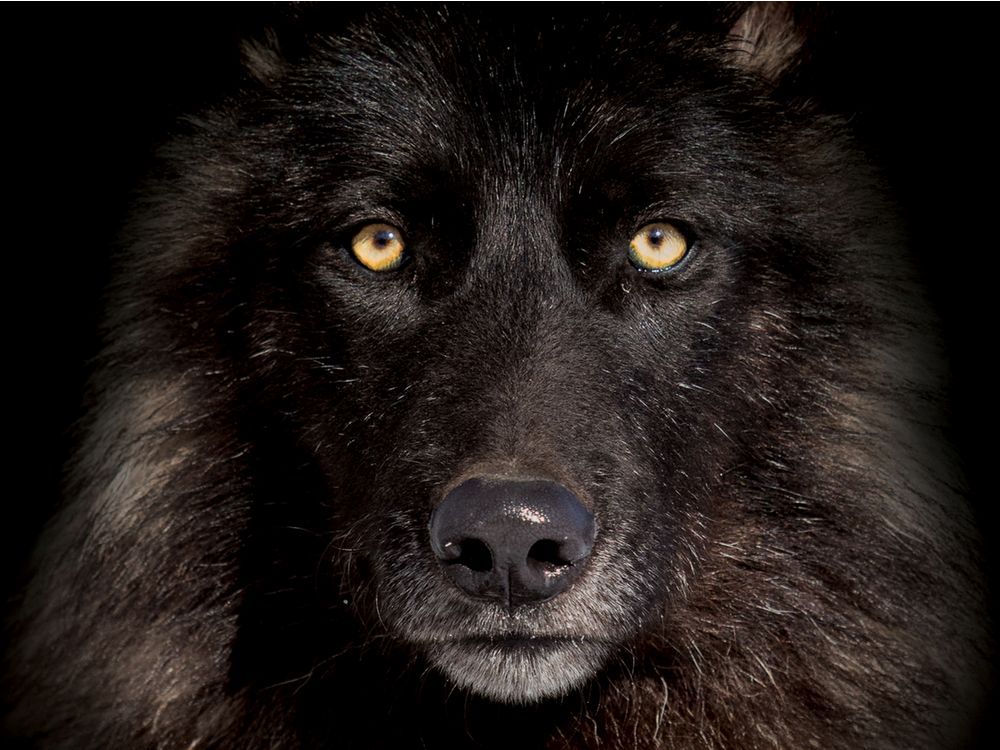Yellowstone National Park is home to a diverse array of wildlife, but one animal stands out among the rest—Wolf 21, the alpha leader of his pack. Wolf 21 has become a symbol of resilience and adaptability in the wild, as he has overcome numerous challenges to earn his position as the leader of his pack. His story is not only fascinating but also sheds light on the important role that wolves play in the Yellowstone ecosystem.

History of Wolf 21: How He Became the Alpha Leader
Wolf 21’s journey to becoming the alpha leader of his pack was not easy. Born into a large litter, he had to compete with his siblings for food and attention from his parents. As he grew older, he began to assert himself and display dominant behaviors, which caught the attention of the current alpha leader.
The alpha leader at the time recognized Wolf 21’s potential and allowed him to challenge for dominance within the pack. Through intense battles and displays of strength, Wolf 21 emerged victorious and earned his place as the alpha leader. This was a significant achievement, as he would now be responsible for leading and protecting his pack.
The Role of an Alpha Leader in a Wolf Pack
The alpha leader plays a crucial role within a wolf pack. They are responsible for making important decisions, such as where to hunt and when to move to a new territory. They also ensure that the pack remains cohesive and unified, resolving conflicts between members and maintaining order.
Wolf 21 fulfills these responsibilities with great skill and efficiency. He is known for his strong leadership qualities, which include confidence, assertiveness, and intelligence. He leads by example, demonstrating excellent hunting skills and providing guidance to younger members of the pack.
The Importance of Wolf 21 in Yellowstone’s Ecosystem
Wolf 21 and his pack have a significant impact on the Yellowstone ecosystem. As apex predators, they help to regulate the populations of other animals, such as elk and deer. This, in turn, has a cascading effect on the entire ecosystem, as it helps to maintain a balance between predator and prey.
Additionally, wolves play a crucial role in preventing herbivore overgrazing. Keeping these animals’ populations in check ensures that vegetation is not depleted, which benefits other species that rely on these plants for food and shelter.
Wolf 21’s Physical Characteristics and Traits
Wolf 21 is a magnificent specimen with a striking appearance that commands attention. He has a thick gray fur coat, which helps camouflage him in his natural habitat. His strong build and muscular physique make him an imposing figure, capable of taking down large prey.
In addition to his physical characteristics, Wolf 21 possesses several unique traits contributing to his leadership success. He is known for his intelligence and problem-solving abilities, which allow him to navigate complex situations and make informed decisions. He is also highly adaptable, able to thrive in various environments and adapt to changing circumstances.
Wolf 21’s Leadership Style and Pack Dynamics
A combination of assertiveness and fairness characterizes Wolf 21’s leadership style. He is not afraid to assert his dominance when necessary, but he also ensures that all pack members are treated fairly and have their needs met.
There is a clear hierarchy within the pack, with Wolf 21 at the top. However, he also values the input and contributions of other members, often seeking their opinions before making important decisions. This collaborative approach fosters a sense of unity and cooperation within the pack.
The Challenges Faced by Wolf 21 and Yellowstone’s Wolf Pack
Despite their resilience and adaptability, Wolf 21 and his pack face numerous challenges in the wild. One of the biggest threats they face is habitat loss and fragmentation, as human development encroaches on their territory. This can lead to increased competition for resources and conflicts with humans.
Another challenge is the risk of disease and predation. Wolves are susceptible to various diseases, such as mange and distemper, which can devastate their populations. Additionally, they face predation from other animals, such as bears and mountain lions.
The Impact of Human Activity on Wolf 21 and Yellowstone’s Wolves
Human activity has had a significant impact on the wolf population in Yellowstone. In the early 20th century, wolves were nearly eradicated from the park due to hunting and trapping. This had a detrimental effect on the ecosystem, as the absence of wolves allowed herbivore populations to explode, leading to overgrazing and habitat degradation.
Fortunately, efforts have been made to reintroduce wolves into Yellowstone, and their population has rebounded in recent years. However, human activity still poses a threat to their survival. Illegal hunting and poaching continue to be major concerns, as well as conflicts with livestock owners who view wolves as a threat to their animals.
Conservation Efforts to Protect Wolf 21 and Yellowstone’s Wolves
Various conservation efforts are underway to protect Wolf 21 and his pack, as well as the overall wolf population in Yellowstone. These include strict regulations on hunting and trapping and educational programs aimed at raising awareness about wolves’ importance in the ecosystem.
Additionally, organizations such as the Yellowstone Wolf Project work tirelessly to monitor and study the wolf population in the park. They research wolf behavior, population dynamics, and habitat use, which helps inform management decisions and conservation strategies.
Why Wolf 21 is a Symbol of Resilience and Adaptability in the Wild
In conclusion, Wolf 21 is not just an alpha leader but a symbol of resilience and adaptability in the wild. His journey to becoming the leader of his pack is a testament to his strength and determination, and his role in the Yellowstone ecosystem is vital for maintaining balance and biodiversity.
However, the challenges Wolf 21 and Yellowstone’s wolf population face highlight the need for continued conservation efforts. By protecting these magnificent animals and their habitat, we can ensure that future generations can witness the power and beauty of Wolf 21 and his pack in Yellowstone National Park.


































